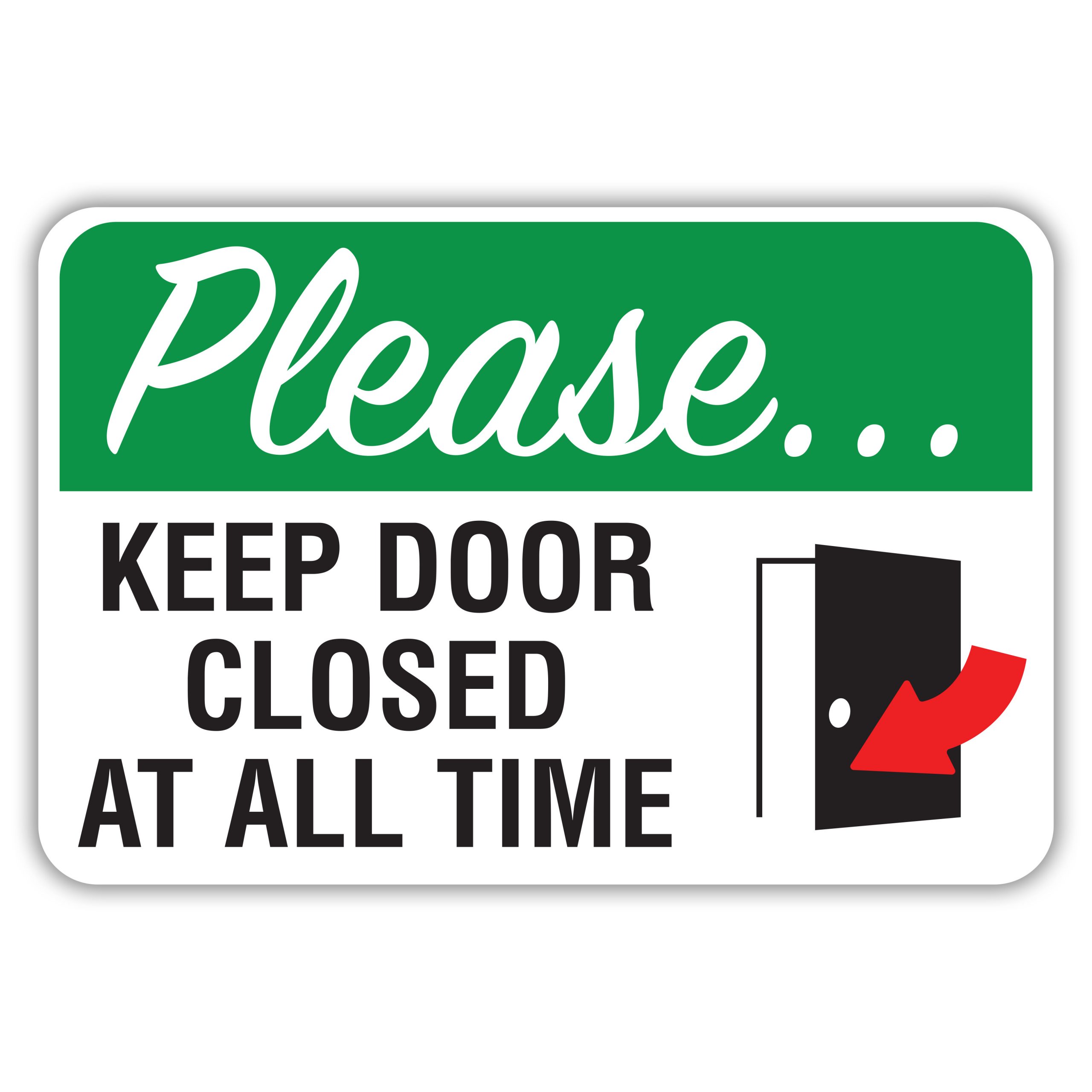The Psychology of Boundaries: Keep Out Signs For Bedroom Doors

A “Keep Out” sign on a bedroom door might seem like a simple act, but it often reflects a deeper psychological need for personal space and privacy. These signs serve as a visible declaration of boundaries, communicating to others that this space is off-limits, allowing individuals to create a safe and comfortable environment for themselves.
The Need for Personal Space
The desire for personal space is an innate human need, essential for psychological well-being. It allows individuals to recharge, relax, and engage in activities that bring them joy and fulfillment. When this space is violated, it can lead to feelings of stress, anxiety, and even resentment. A “Keep Out” sign can act as a visual cue, reminding others to respect these boundaries and providing individuals with a sense of control over their environment.
Situations Where “Keep Out” Signs Are Useful
There are various situations where a “Keep Out” sign can be particularly useful. For example:
- During times of stress or emotional distress: When someone is feeling overwhelmed or emotionally vulnerable, having a designated space where they can retreat and process their emotions without interruption is crucial. A “Keep Out” sign can provide this necessary privacy and protection.
- During moments of focused work or creativity: For individuals who require quiet and concentration to work effectively, a “Keep Out” sign can signal to others that they are engaged in a demanding task and should not be disturbed.
- When needing personal time for reflection or relaxation: Some people find that spending time alone allows them to recharge, reflect on their thoughts and feelings, and engage in activities that bring them joy. A “Keep Out” sign can create a sense of security and allow them to enjoy this time without feeling pressured to engage with others.
Design and Aesthetics

The design of a “Keep Out” sign for a bedroom door plays a crucial role in conveying its message and establishing the desired tone. From playful and humorous to serious and formal, the aesthetic choices made can significantly impact how the sign is perceived and how effectively it communicates the intended message.
The Impact of Design Elements, Keep out signs for bedroom doors
The design elements of a “Keep Out” sign, including fonts, colors, and imagery, work together to create a cohesive message.
- Fonts: The choice of font can significantly influence the tone of the sign. A playful font like Comic Sans might be appropriate for a child’s room, while a bold, sans-serif font like Arial could be used for a more serious or formal setting.
- Colors: Colors can evoke different emotions and associations. Bright, vibrant colors like red or yellow might be used for a playful or humorous sign, while darker colors like black or gray might be more appropriate for a serious or warning sign.
- Imagery: The use of imagery can further enhance the message conveyed by the sign. A cartoon character might be used for a playful sign, while a skull and crossbones might be used for a warning sign.
Practical Considerations

Beyond the psychological aspects, “Keep Out” signs serve practical purposes in everyday life. They can be valuable tools for safeguarding privacy, promoting relaxation, and managing family dynamics. Understanding how to implement these signs effectively requires considering factors like size, material, and placement.
Sign Size and Material
The size and material of a “Keep Out” sign are crucial for its visibility and effectiveness. A sign that is too small might go unnoticed, while one that is too large could feel intrusive or overwhelming.
- Size: The size of the sign should be proportionate to the size of the door or area it is meant to protect. For a standard bedroom door, a sign measuring 4″ x 6″ or 6″ x 8″ is generally sufficient. For larger areas or spaces with more foot traffic, a larger sign may be necessary.
- Material: Durable materials like metal or plastic are ideal for outdoor use, as they can withstand weather conditions. For indoor use, a simple cardboard or paper sign might suffice. Consider the aesthetics of the room and choose a material that complements the overall decor.
Placement
Placing the “Keep Out” sign strategically is crucial for its effectiveness. It should be visible and easily understood by everyone who might encounter it.
- Visibility: The sign should be placed in a prominent location, such as the door handle or directly on the door itself. Avoid placing it in a hidden or obscured location, as this could defeat its purpose.
- Clear Message: The sign should clearly state its purpose, leaving no room for misinterpretation. A simple “Keep Out” or “Do Not Disturb” message is generally sufficient.
Clear Communication and Respect
While “Keep Out” signs can be effective, it’s important to remember that they are not a substitute for clear communication and mutual respect.
- Open Communication: When using “Keep Out” signs, it’s essential to communicate openly and honestly with family members or roommates about the reasons for their use. This fosters understanding and avoids potential conflicts.
- Respectful Boundaries: Even with “Keep Out” signs in place, it’s important to respect the boundaries of others. Avoid ignoring the signs or attempting to enter a space without permission.
